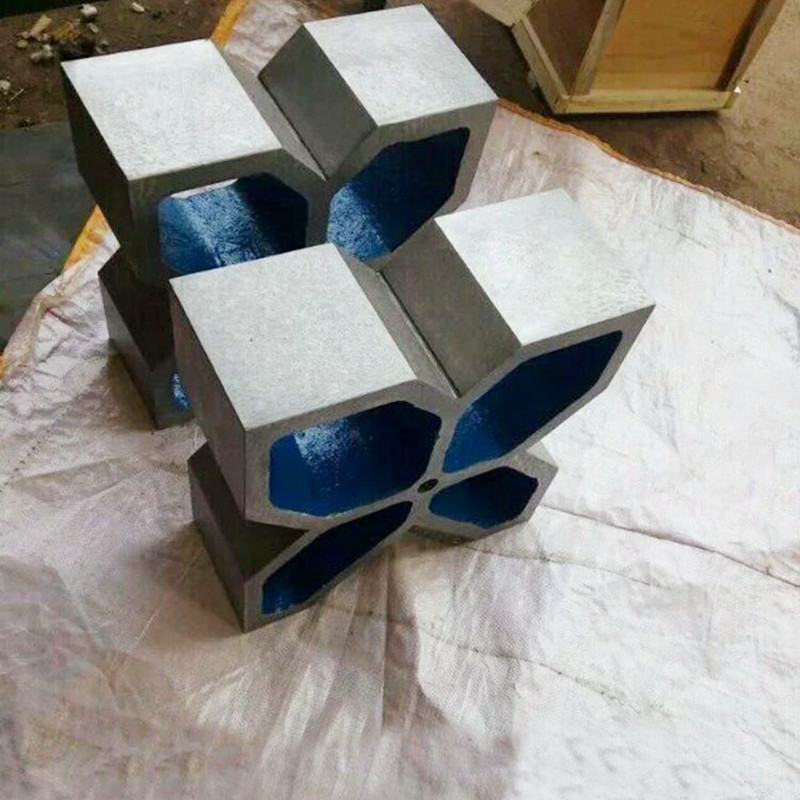Dec . 07, 2024 14:05 Back to list
runout tester
Understanding the Runout Tester A Critical Tool for Precision Engineering
In the world of precision engineering and manufacturing, ensuring components meet stringent quality and dimensional specifications is paramount. One of the essential instruments used in this realm is the runout tester. This sophisticated piece of equipment plays a critical role in identifying tolerances and variances in rotational parts, thereby ensuring optimal performance and longevity of machinery.
What is Runout?
Runout refers to the degree of deviation of a rotating object from its true circular path. In simpler terms, it is a measure of how much a rotating part wobbles as it turns. There are two primary types of runout Total Indicator Runout (TIR) and Straightness Runout. TIR measures the maximum variation of the part from its center axis, while Straightness Runout focuses on the linearity of a path of a rotating object. Both of these measurements are crucial as they directly impact the performance and efficiency of mechanical systems.
The Importance of Runout Testing
In industries that rely on rotating components—such as automotive, aerospace, and manufacturing—excessive runout can lead to mechanical failures, increased wear and tear, and compromised safety. For instance, in an automobile, inappropriate runout in brake rotors can lead to vibrations, reduced braking performance, and ultimately, a hazardous driving experience. Therefore, runout testing is a vital process that helps manufacturers ensure their products meet required specifications.
How a Runout Tester Works
A runout tester typically consists of a dial indicator mounted on a stable base, a shaft or spindle for positioning the component, and an adjustable setup to accommodate various sizes and shapes of parts
. The basic principle involves rotating the component and measuring the variation in distance from the indicator's tip to the rotating surface.1. Setup The component to be tested is securely mounted to the spindle. Proper alignment is crucial to obtaining accurate measurements. 2. Measurement As the component rotates, the dial indicator tracks the distance to the surface. Any variation indicates runout. The operator records this data to evaluate if the component meets the prescribed tolerances.
3. Analysis Once the measurements are taken, engineers analyze the data to determine whether the part is suitable for use. If the runout exceeds specified limits, necessary adjustments or re-manufacturing may be required.
Types of Runout Testers
runout tester

There are different types of runout testers available, each suited for specific applications. Some of the most common include
- Portable Dial Indicators Basic and easy-to-use, these manual devices are widely employed for onsite measurements. - Digital Runout Gauges These offer advanced features, including data logging and direct readings, enhancing efficiency in measurement processes.
- CNC Runout Testers Integrated with Computer Numerical Control systems, these testers automate the runout measurement process, providing faster and more accurate results.
Benefits of Regular Runout Testing
1. Quality Assurance Regular runout testing helps maintain high standards of quality by identifying defects before they reach the consumer.
2. Increased Reliability By ensuring proper alignment and balance of rotating components, runout testing helps enhance the reliability and lifespan of machinery.
3. Cost Savings Timely identification of runout issues can prevent more significant problems down the line, thereby saving manufacturers considerable repair and replacement costs.
4. Safety With runout testing, the risk of mechanical failures that could endanger workers or users is significantly reduced.
Conclusion
In conclusion, the runout tester is an indispensable tool in the arsenal of precision engineering. By providing critical insights into the alignment and balance of rotational components, it streamlines the manufacturing process, enhances quality assurance, and significantly improves safety. As industries continue to advance, the importance of such testing tools will only grow, ensuring that machinery operates flawlessly and reliably for the challenges of the future. Regular investment in runout testing technology and procedures is a decisive step toward achieving excellence in manufacturing and engineering practices.
-
Precision Manufacturing with Advanced Spline Gauge DesignNewsJul.31,2025
-
Industrial-Grade Calibrated Pin Gauges for Exact MeasurementsNewsJul.31,2025
-
Industrial Filtration Systems Depend on Quality Filter DN50 SolutionsNewsJul.31,2025
-
High-Performance Gate Valve WholesaleNewsJul.31,2025
-
Granite Surface Plate The Ultimate Solution for Precision MeasurementNewsJul.31,2025
-
Granite Industrial Tools The Ultimate Guide for Bulk BuyersNewsJul.31,2025
Related PRODUCTS









